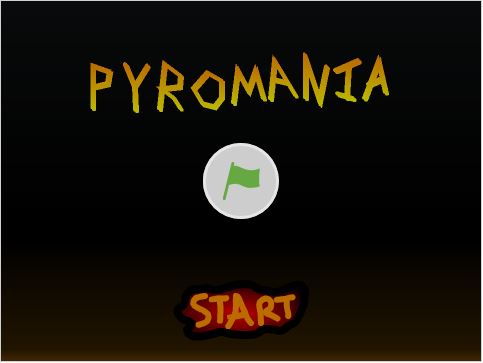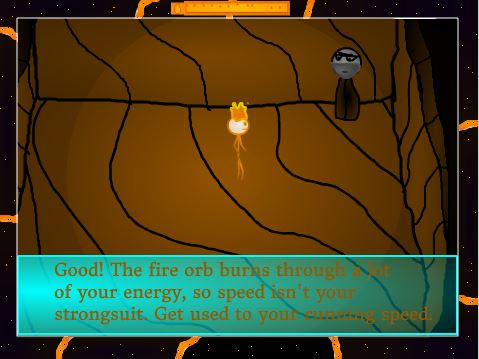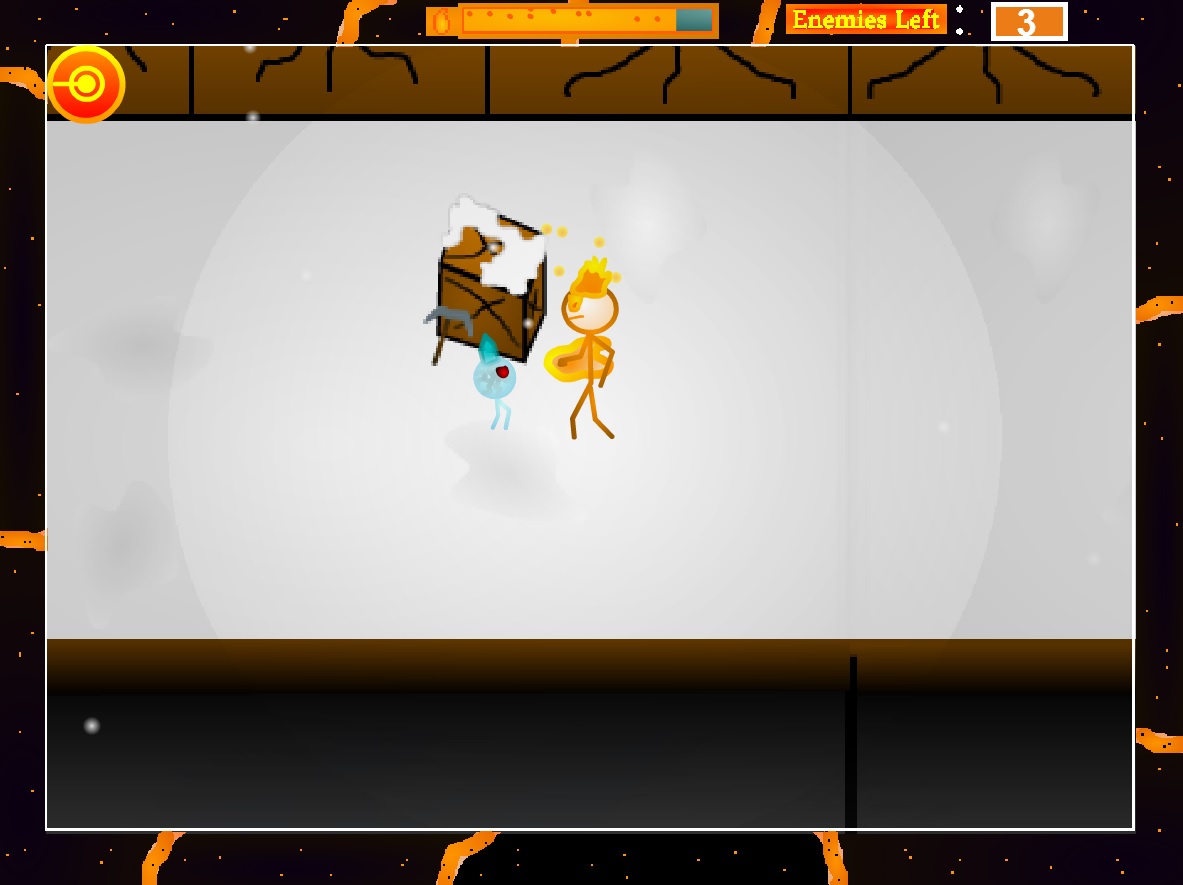 Like most 13 year old boys, Cole Nutgeren has diverse hobbies and interests, like playing the piano and fencing. But unlike many kids his age, he takes a systems thinking approach to everything he does and likes to think about the building blocks that make these systems run. It is this approach that helped him design the Best Middle School Scratch game for the 2015 National STEM Video Game Challenge award.
Like most 13 year old boys, Cole Nutgeren has diverse hobbies and interests, like playing the piano and fencing. But unlike many kids his age, he takes a systems thinking approach to everything he does and likes to think about the building blocks that make these systems run. It is this approach that helped him design the Best Middle School Scratch game for the 2015 National STEM Video Game Challenge award.
Cole was immediately hooked on Scratch when a friend introduced him to the tool. He taught himself to use it mostly by “messing around with the editor and learning through experience.” He has also relied on the active Scratch community to learn tips and to get exposure to the tool’s limits. And he says that while the ability to create his own games first got him excited about Scratch, it is the community that keeps him engaged. “They’re the main reason I still use it,” he explains. “It is so fun to look at the other games out there and people give you frequent feedback. It helps to make your games way better.”
This active playtesting community helped Cole refine his design skills. Playtesting is how a game designer tests a new game for design flaws, bugs, and that elusive “fun” factor. Cole turns the playtesting process and his sharp eye for detail on his own work and says his game isn’t complete until “I can play it and get into flow without a thought in the back of my mind about fixing a click.” He also gives a lot of feedback to others within the community because he really enjoys the playtesting process.
During the STEM Challenge awards weekend in Pittsburgh, Cole was able to demonstrate his playtesting skills during Schell Games’ design day. Many of the designers commented that he had a unique eye for design and he even gave his mom some tips on “how to give feedback” so she could playtest as well!
But Cole enjoys more than the challenges of playtesting. He talks of algorithms and level design and loves exploring these complex ideas through Scratch’s easy-to-use interface. When designing a game, Cole begins by creating individual “engines” or mini-algorithms for each element in his game to ensure that they run smoothly. He then creates a macro process to tie it all together. Once he has “tied all the complex things” together, he can focus on what most people find fun: level design, characters, and more! In this way, working with Scratch and the Scratch community, Cole “taught [himself] through experience” many complex game design principles.
Now that he understands the framework, he is eager to learn more programming and technical skills. Cole recently began learning Java and C# because “Java is similar to scratch and helpful for future careers, but I can do more exciting things with C#. They’re both similar to Scratch and I now feel ready for them.” While Cole wishes there were a computer science class in school that could help him grow his technical toolkit, he is grateful for the writing and arts classes where “you can do whatever you want along the vague guidelines. It’s why I like games…I get to experiment with everything.”
Cole is also an avid Minecraft player. He likes that it caters to many aspects of what he likes in games, but he thinks it is important to play a wide variety of PC and indie games because he gets inspiration from playing other games.
Given his experience with all aspects of the design process, from ideation through playtesting through release, Cole has astute advice for budding designers: try all of your ideas. “If there’s anything in the game that you want to happen, just try it and see if it makes it better. Don’t not try just because it might be hard. Your instincts probably turn out really well.” And Cole’s certainly did with Pyromania, his winning game. He spent seven months creating and iterating on his design and more than three months of that was spent creating the main engine. But he followed every hunch and tested many algorithms with the community to create a polished and engaging game.






